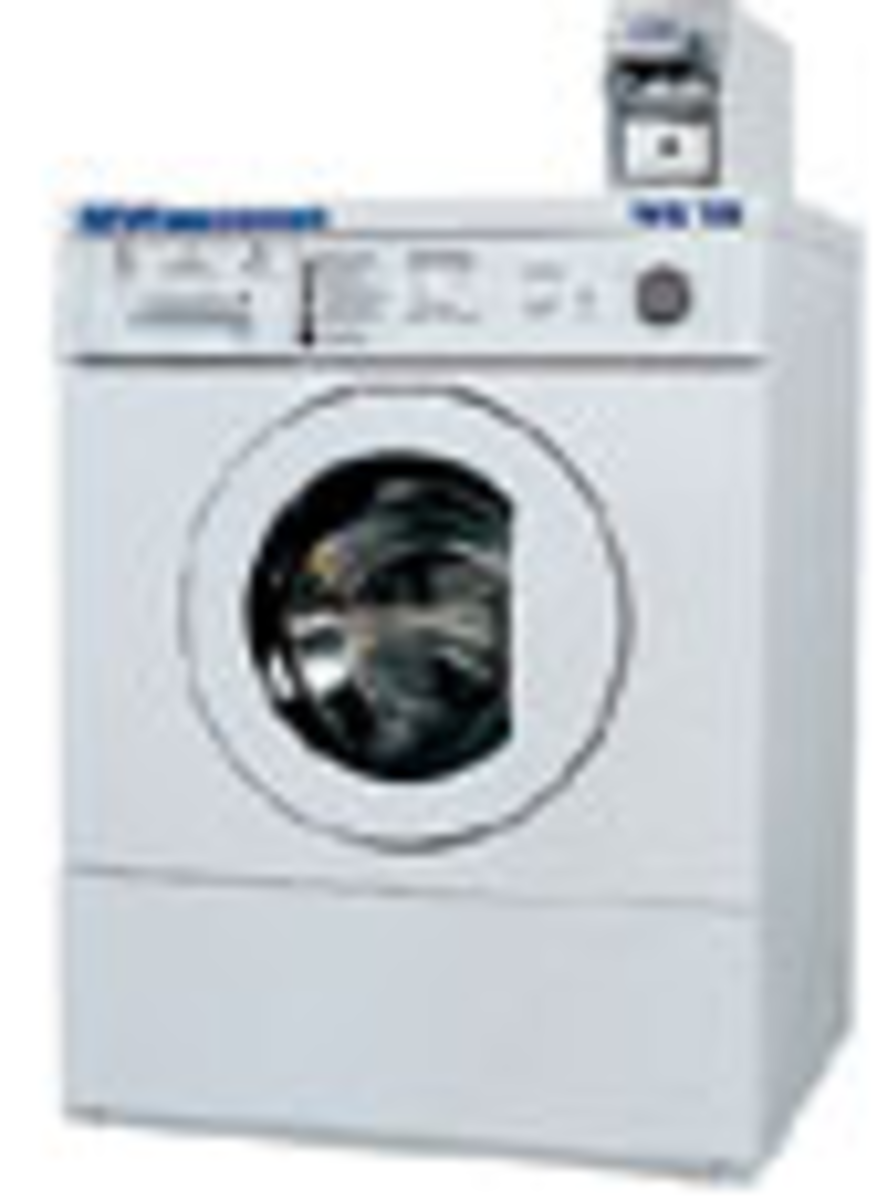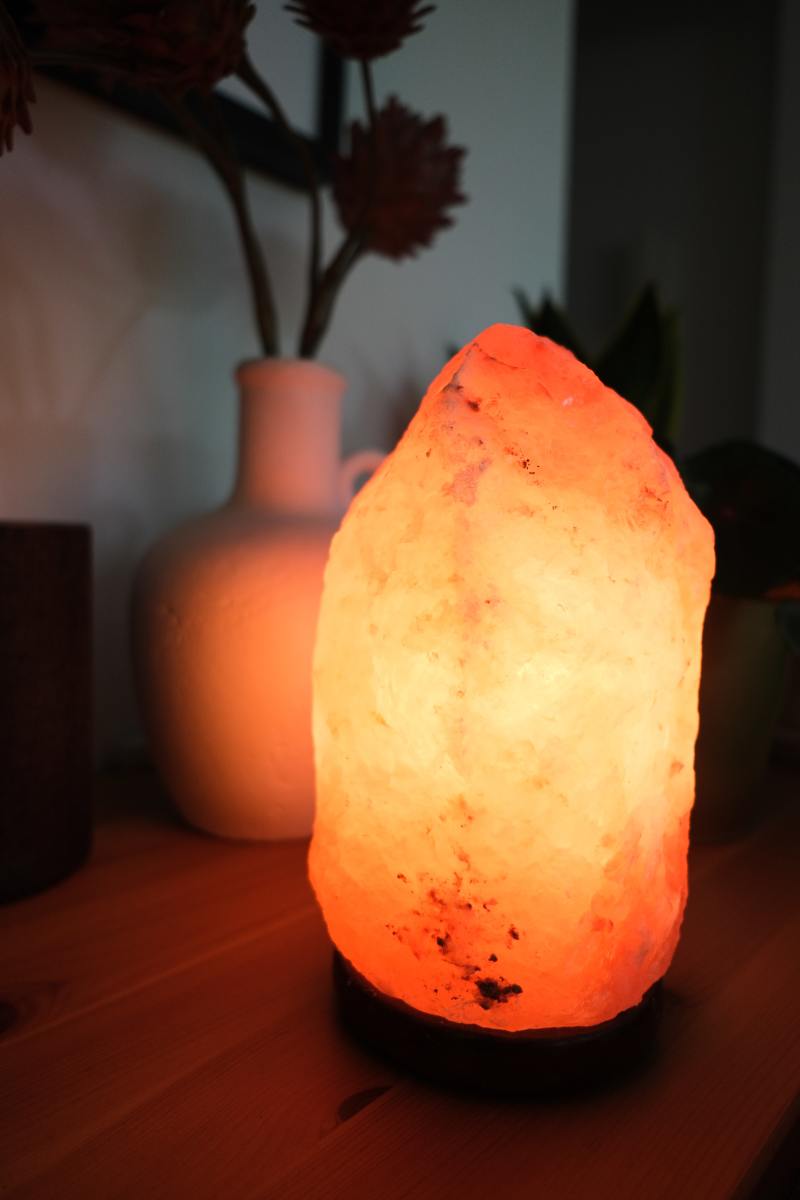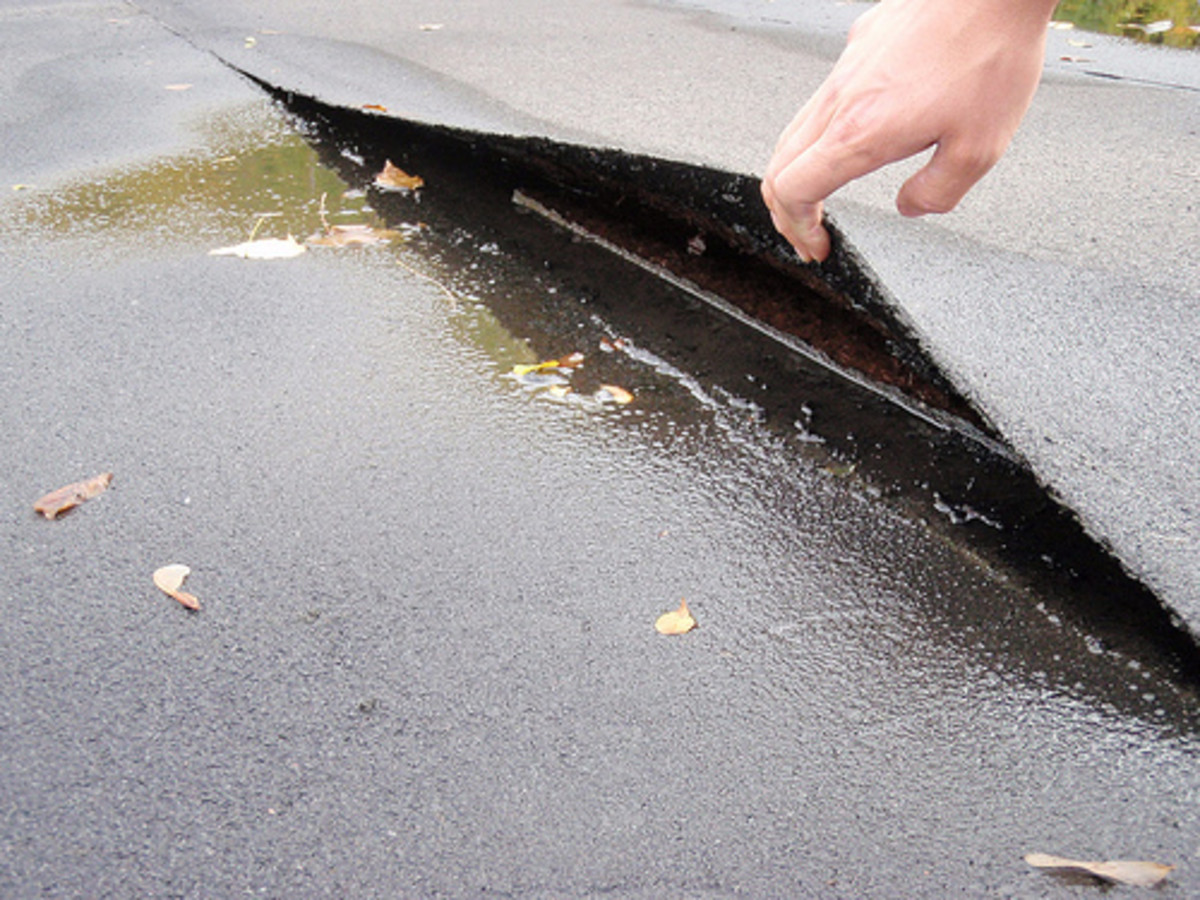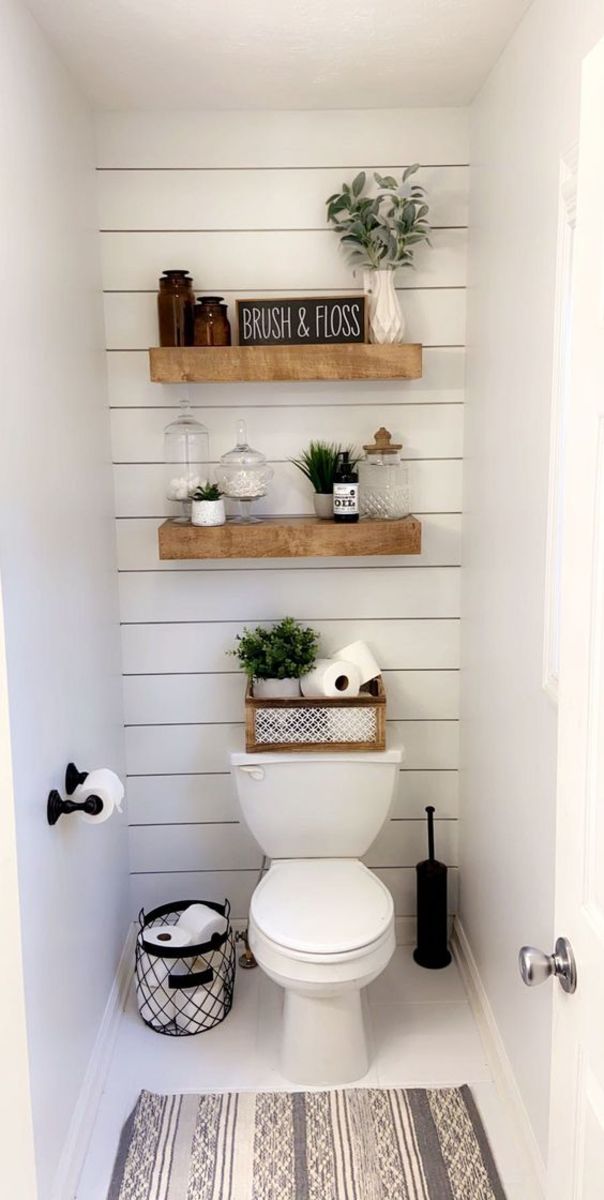How to Repair an Outboard Water Pump
Repair and Maintenance Tips That Save You Money
What is a water pump and why is it important to me and my outboard motor. Well this is very easy to explain and once you take the time to read this article you should be able to change your own water pump.
The water pump is the devise that pumps raw water up from the lower unit to the top of the motor that keeps your engine cooled while in use. The water pump is made of a rubber plastic material that needs to be replaced once a year, mayby more depending on the amount of use and the conditions you boat in.
First lets talk about what's bad for your water pump and why. Sand, mud, small shells and water that is high in turbidity are all bad for your water pump and it's proper operation. All of these elements work like sandpaper against your water pump impellers and wear on the S/S cup it is housed in. Most of us do not intentionally go into areas that are so shallow we hit bottom or boat in places that are extremely high in turbidity. But when we do, our water pump and its components are all being battered and ultimately taking away from their lifespan. Another factor in the life expectancy of a water pump is how long it has been in use in your outboard and how many times it has been used with no water running through it. All manufactures highly recommend to change the water pump every year regardless of how little use it has seen. Each manufacturer understands that the water pump is essential to the operation of your outboard and without the water pump you cannot run the engine, not even on a get home mode. So lets take a look at how easy it is to replace this essential piece of equipment on your outboard.
1. With a 12-14 mm wrench (depending on the outboard make) remove the 6 bolts on your lower unit just below the anti-cavitation plate. All of these bolts are the same length so there is no need to remember what hole they came out of.
2. Remove the trim tab on the bottom of the anti cavitiation plate. This is the anode trim tab just above the propeller. Most makes of outboards will have this part bolted through the bottom of the trim tab. However on a Yamaha outboard you will need to remove a small black plastic cover just above the trim tab to access the bolt that holds this piece on. Once the trim tab has been removed, keep the tab and the bolt separate from the rest as they are not the same size or length.
3. Next you will notice another bolt located underneath the trim tab. This bolt is usually a 14mm, again depending on the make of outboard. This is the last bolt holding the lower unit to the motor, so when taking this bold out make sure you are prepared to remove the lower unit. While removing this bolt it is a good idea to place some body pressure on the lower unit. Often times the lower unit will start to slide out once this last bolt is fully removed.
4. Now the lower unit is completely free. If it has not started to slide out from the mid section, you may be required to give it some incentive to do so. With a rubber mallet softly strike the top of the anti cavitation plate in equal parts around the lower unit that is to be removed. Another trick is to wiggle upand down and side to side the lower unit to break it free so it can be removed. Once it is free, slide the lower unit out from the outboards mid section carefully and evenly as you still have the motor shaft and shift shaft that are still in the mid section and will need to be removed along with the lower unit. Both the motor shaft and the shift shaft are several feet long (depending on your outboard's horsepower HP) and should be treated with care when removing. Do not bind either of these at anytime while sliding them out of the mid section.
5. Place the freed lower unit on a workbench so you can begin replacing the water pump. A very easy devise to build to work on your lower unit once it is removed is to take 2 pieces of 2 X 4 material about 3' long each spaced about a 1 1/2' apart connected on one end with another 2 X 4 and open at the opposite end then bolted to you work bench on the connected end. This will allow you to slide the lower unit into this devise positioning the lower unit as if it were still attached to the motor, thus making the water pump accessible.
6. There will be 4 bolts holding a plastic cover that is housed over the water pump. This plastic cover is fitted to go over the main motor shaft. Carefully remove these 4 bolts holding this cover. Often times these bolts will break due to heavy corrosion as they are submerged in saltwater every time the motor is used. Once the bolts are removed slide the plastic cover over the motor shaft to expose the water pump. You should now be looking at the water pump impeller itself. Now remove the water pump impeller by sliding it over the motor shaft. If it is stuck, you can use a flat head screwdriver to help fee it but be very careful not to damage the motor shaft or the lower unit housing while doing so. Next remove the stainless steel plate and gasket the water pump impeller was sitting on. Again if the screw driver is needed just pay close attention not to damage the lower unit housing. Now turn the plastic housing you removed first over and remove the stainless steel cup that the impeller fits in along with the o-ring that outlines the plastic housing. Lastly you will notice a key way on the motor shaft. This also needs to be removed. The purpose for the key way is to secure the impeller to the motor shaft so when the shaft is turning the impeller is doing the same. The key way can sometimes be a chore to remove. If this is the case simply use a flat head screw driver to gently tap from the top down to remove. At this point your lower unit should be clear and free of any parts associated with the water pump.
7. Find a clear and clean spot on your work bench to lay out all the parts and pieces of your new water pump kit. We will start by reassembling them the same way we removed the old kit. First place the gasket for the stainless steel plate on the proper studs and bolt holes on the lower unit. Next fit the stainless steel plate over the gasket making sure it is also secure and in the correct position. Next you will need to install the new key way. This key way should fit evenly on all sides and be snug. Now we are ready for the new water pump impeller. A good tip is to place some dish soap on the motor shaft prior to installing the new impeller. This will help in sliding the new impeller in place. Locate the small indention on the impeller. It will be only on one side and not the way through the middle of the impeller. This will let you know what side of the impeller is up. The indention is for the key way to fit into. When installing the impeller line this opens up and firmly press the impeller into place fitting it on top of the stainless steel plate. Now take the plastic housing we removed first. Install the new o-ring around the outer edge of the cap. With this completed we can now install the new stainless steel cup into place in the plastic housing. You will notice the stainless steel cup has one side that is cut lower than the other. This side (lower cut) is to fit towards the front of the housing. The reason for this is to allow water to be pulled in from the lower unit. Once installed the inside of the stainless steel cup should also be coated with dish detergent for lubrication. With both the cup and o-ring in place you are now ready to slide them over the motor shaft down to the top of the impeller. We are now ready to fit the impeller back into the stainless steel cup. Following is the best tip I can provide when doing this step of water pump replacement. With one hand turn the motor shaft in a clockwise rotation while pressing down on the plastic cap. This will make the impeller turn while being fitted into the lubricated stainless steel cup. When this is done, grease the four bolts with marine grease and replace them to secure the plastic housing to the lower unit.
8. Now that the water pump is successfully installed, the real hard part is over. However several things still need to be done before we have completed this task. Remember the shift shaft and the motor shaft? The tops of both of these are splines and need to be greased with marine grease prior to being reassembled. Next you should see a small rubber hose towards the front of the lower unit (opposite the prop). This is the hose for the speedometer if your boat is equipped with one. The connecting end to this hose is located on the mid section of the outboard and should be located prior to reinstalling the lower unit.
9. Reinstalling the lower unit. Find the two holes in the mid section of the outboard motor that the shift shaft and the motor shaft slide into. Gently line the two shafts up and start inserting. About 3/4 the way inserted look for the end of the shift shaft on the back side of the mid section of the motor. You will notice at this end that the shift shaft is to be inserted to on this side. Once the shift shaft gets close you may have to hand move the shaft and its coupler to line the two up to insert the shaft back into place. When this is done you should now reattach the speedometer tube to its mate. With both of these task done you can finish inserting the lower unit to mid section making them fit flush. Take the bolt from under the trim tab and coat the threads with marine grease then tighten in place. Repeat the same with the 6 bolts from the sides of the lower unit and finish with the installation of the trim tab making sure all the bolts are good and tight. Overtightening the bolts is not recommended but they all should be good and tight.
10. Now for the moment of truth, testing your work. The best place to run your motor is always in water. This creates the proper amount of back pressure and gives your water pump the proper volume of water. The next best place is a tub of water to set the motor down into. Lastly and the least desirable way, is running the motor on the hose with the mouse ears. If this has to be done just make sure they are fitted securely about the intakes and the water pressure is on high. Now start the engine and watch closely for the pee stream. If all was done properly the pee stream should come quickly and be very strong. With the motor idling and everyone standing clear put the motor in forward then reverse, making sure both gears perform as they should.
Note. If this is done with the motor in a drum or water bucket check the clearance of the prop to the container before placing the motor in gear.
11. Write down your water pumps part number and the sequence of events in changing your water pump in your boats log book. This will simplify things the next time you need replace this item.
For more information and tips on maintenance and repair of your motorboat go to "Ask Jamie D" on www.paragoexports.com





